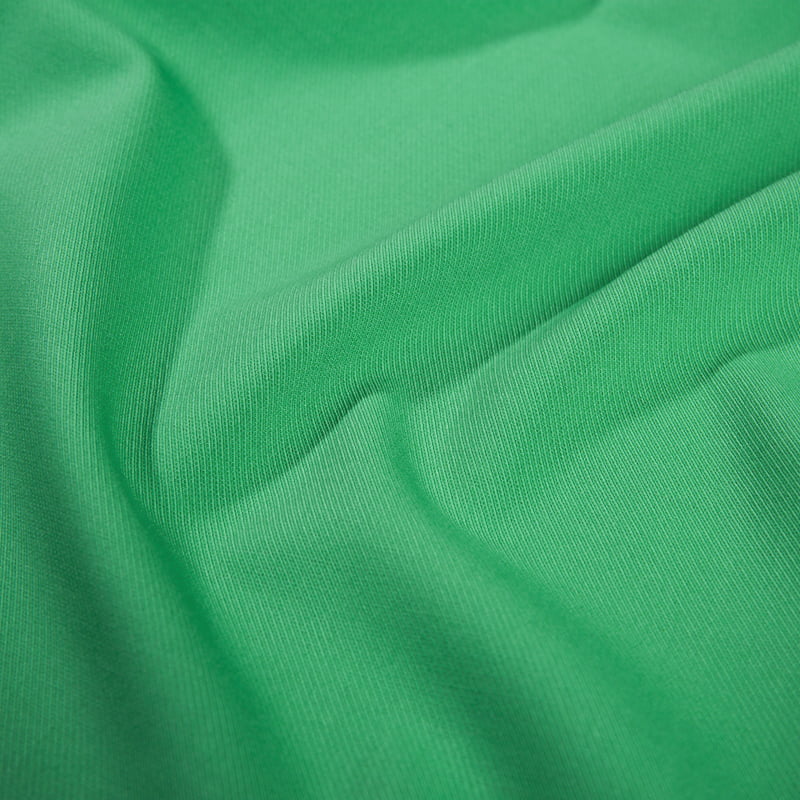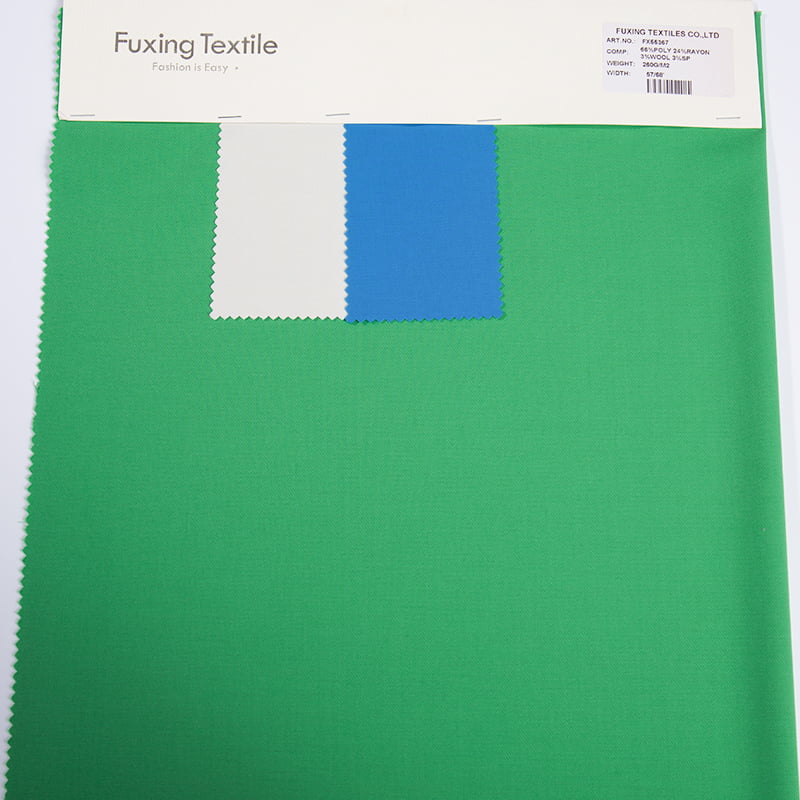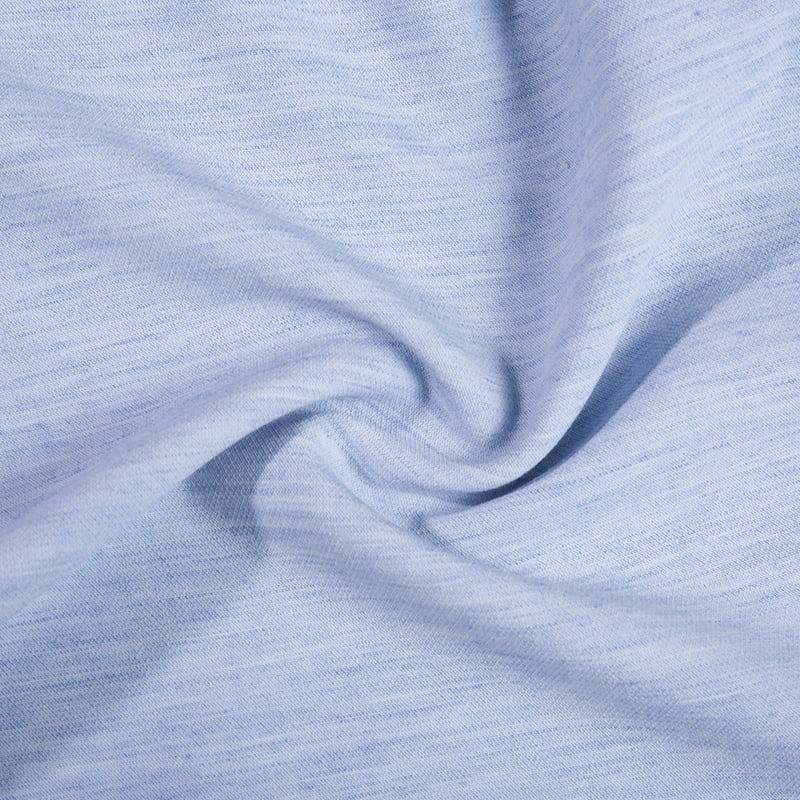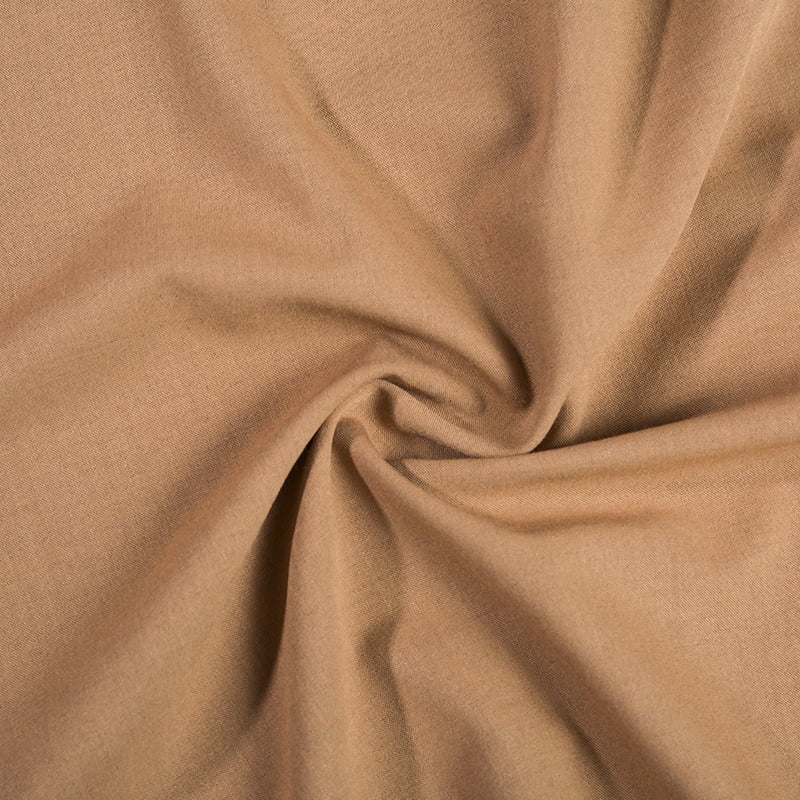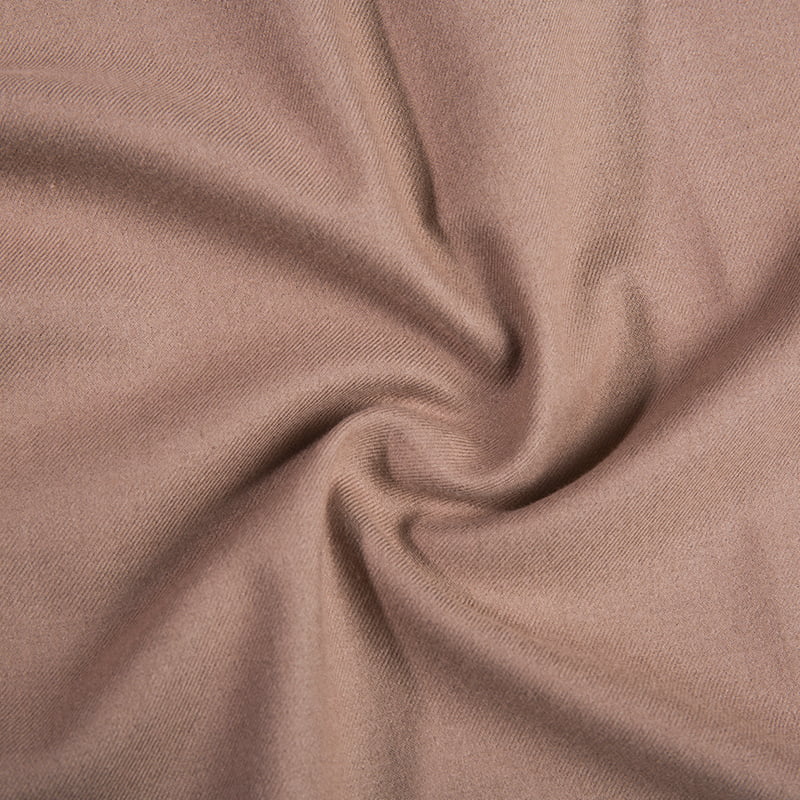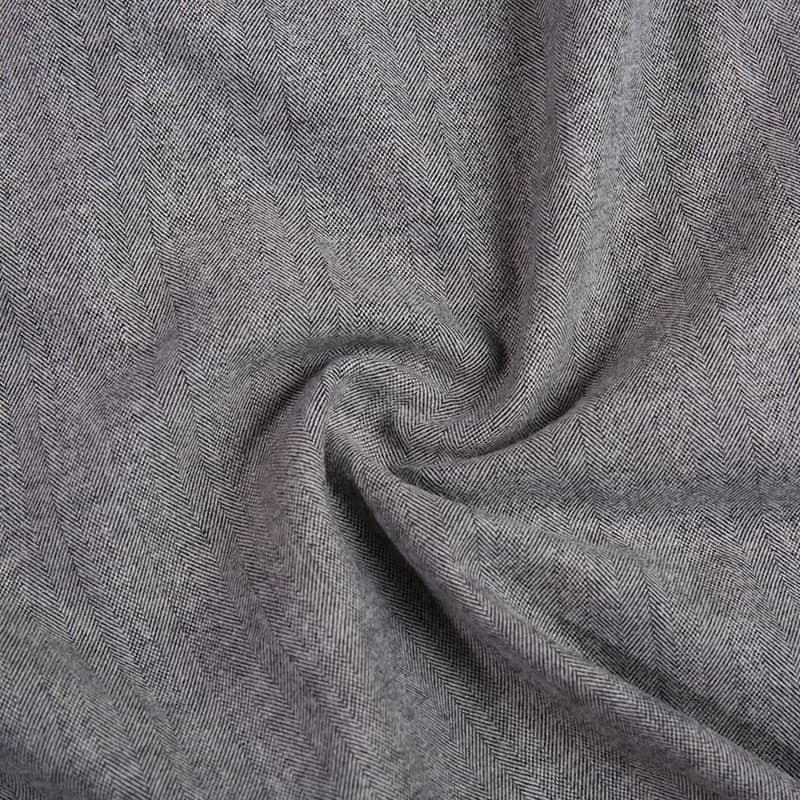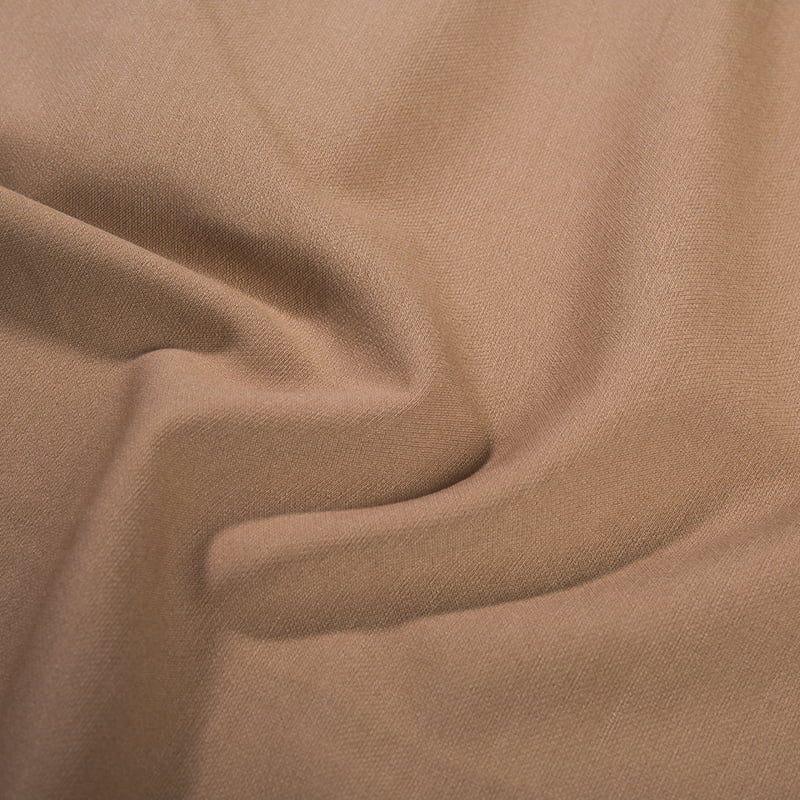How does the wool content affect the warmth and other properties of a fabric?
It is a well-known common sense in the fabric industry that the wool content of rayon wool stretch woven fabric has a significant impact on the warmth and other properties of the fabric. The following is a detailed analysis of this effect:
1. Warmth
Wool has excellent warmth retention due to its unique curling structure and natural fiber properties. Tiny air layers can be formed inside the wool fiber, which can block the invasion of cold air from the outside and lock the heat in the body to form a natural warmth barrier. The higher the wool content, the more such air layers there are, and the better the warmth retention. On the contrary, the warmth retention of fabrics with lower wool content will be weakened accordingly.
2. Softness and comfort
Wool fiber itself is soft and comfortable, which can give the wearer an excellent touch experience. Fabrics with high wool content will naturally be softer and more comfortable. At the same time, wool fiber has good moisture absorption and breathability, which can keep the body dry and comfortable and avoid stuffiness.
3. Wear resistance and durability
Although wool fiber is soft, it also has certain wear resistance and durability. Fabrics with high wool content will also have enhanced wear resistance and durability. This means that the fabric is not easy to wear, deform or pilling during long-term use, and can maintain a good appearance and performance.
4. Elasticity and recovery
Wool fibers have good elasticity and recovery, and can quickly return to their original shape after being subjected to external forces. Fabrics with high wool content will also have better elasticity and recovery. This means that the fabric is not easy to deform or wrinkle during wearing, and can maintain a flat and crisp appearance.
5. Price and cost-effectiveness
Fabrics with high wool content usually have a higher selling price. This is because wool is a natural fiber, and its production cost and scarcity determine its price. However, from the perspective of cost-effectiveness, although fabrics with high wool content are more expensive, their warmth retention, softness, wear resistance and durability are also better, so they are more valuable in actual use.
Combined with the above content, it is known that the wool content has a significant impact on the warmth retention and other properties of the fabric. When choosing fabrics, consumers should consider the wool content and other factors according to their needs and budget to choose the fabric that suits them best.


 English
English 中文简体
中文简体 日本語
日本語 한국어
한국어 Español
Español русский
русский


